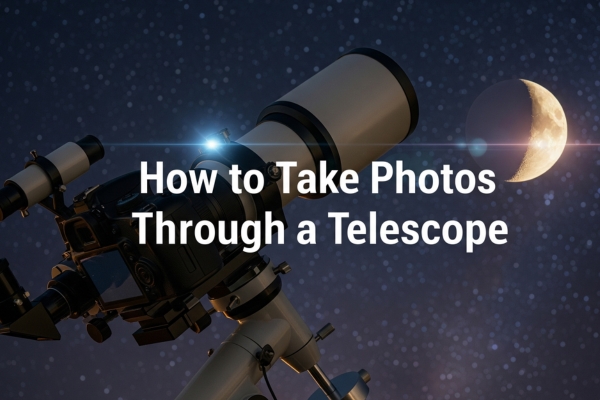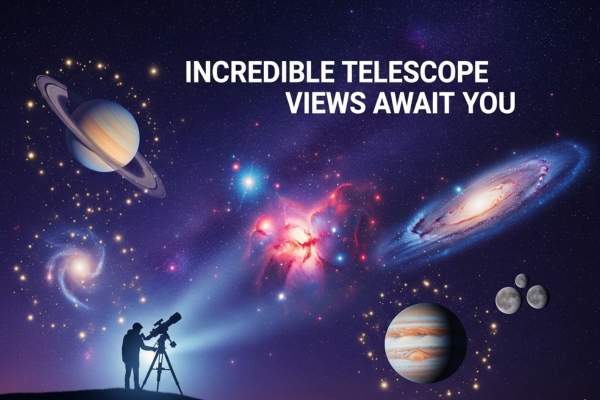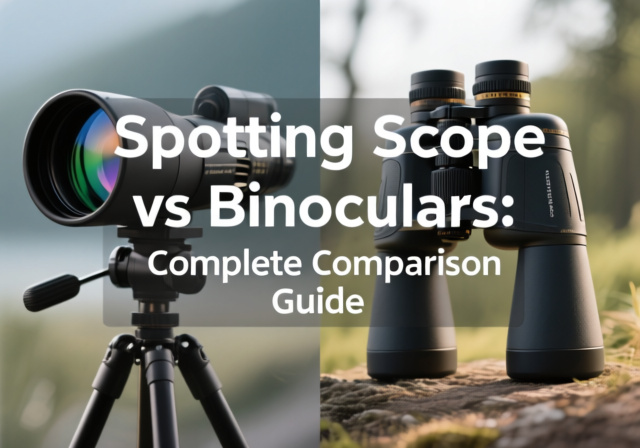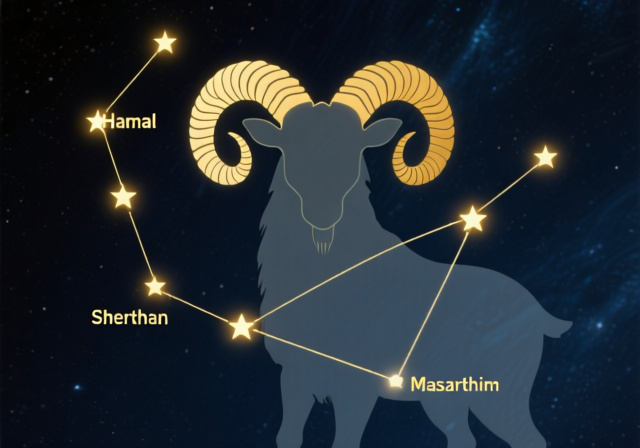

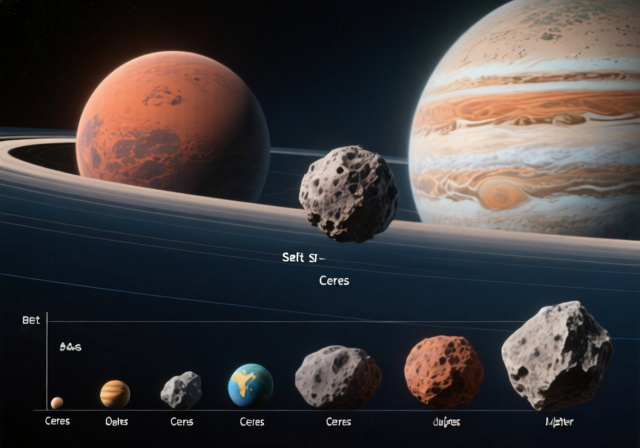

Have you ever gazed up at the night sky and wondered about the mysterious ring of rocks floating between Mars and Jupiter? The asteroid belt holds some of the most fascinating secrets of our solar system. After spending countless nights studying these celestial wanderers through my telescope, I’ve discovered that the asteroid belt is nothing like what we see in science fiction movies.
Here are 5 mind-blowing asteroid belt facts to start: 1) The asteroid belt contains over 1 million asteroids larger than 1 kilometer, 2) All asteroids combined would have less mass than Earth’s moon, 3) The average distance between asteroids is about 600,000 miles, 4) Ceres, the largest object, accounts for 25% of the belt’s total mass, 5) Spacecraft have safely passed through the belt multiple times without damage.
The asteroid belt is a region of space between Mars and Jupiter containing millions of rocky objects orbiting the Sun, remnants from the formation of our solar system 4.6 billion years ago. These cosmic fossils provide crucial insights into how our planets formed and what materials were available during the birth of our solar system.
In this comprehensive guide, I’ll share 25 incredible facts about the asteroid belt that will change how you see our cosmic neighborhood. We’ll explore everything from formation theories to future mining opportunities, and I’ll even share some tips for amateur astronomers who want to observe these distant worlds.
The asteroid belt sits in the vast expanse between Mars and Jupiter, approximately 2.2 to 3.2 astronomical units (AU) from the Sun. To put that in perspective, one AU equals the distance from Earth to the Sun – about 93 million miles. This means the asteroid belt stretches from roughly 204 million to 298 million miles away from our star.
Despite what movies show, the asteroid belt is incredibly empty space. If you were standing on an asteroid, you’d likely need binoculars to spot the next one. The average distance between neighboring asteroids ranges from 600,000 to 1 million miles. That’s like having one grain of sand every few miles across an entire desert!
⚠️ Common Myth: The asteroid belt is not a dense field of rocks that spacecraft must dodge. In reality, the total area of all asteroids would cover less than 2% of Earth’s surface area.
The belt’s location is no accident. It occupies what astronomers call the “snow line” – the distance from the Sun where it was cold enough for volatile compounds to condense into solid ice during solar system formation. This boundary created perfect conditions for asteroids to form and survive without being swept up by the giant planets.
Picture the early solar system, 4.6 billion years ago. Instead of planets and empty space, you’d see a massive rotating disk of gas and dust called the protoplanetary disk. The asteroid belt formed from remnants of this disk that never coalesced into a planet due to Jupiter’s powerful gravitational influence.
Jupiter, the solar system’s largest planet, acted as a cosmic traffic cop. Its immense gravity stirred up the material in the belt region, preventing asteroids from sticking together to form a planet. Scientists estimate that if Jupiter hadn’t interfered, the material in the asteroid belt could have formed a planet about the size of Mars.
The formation process wasn’t instantaneous. It took millions of years for the belt to reach its current configuration. Early on, there were probably dozens of Mars-sized objects in this region. Over time, collisions and gravitational interactions either ejected these objects or broke them into the smaller asteroids we see today.
Recent computer models suggest the asteroid belt originally contained much more material – perhaps as much as Earth’s mass. Over billions of years, most of this material was removed by gravitational interactions, leaving only 0.04% of Earth’s mass in the belt today. That’s like starting with a mountain and ending up with a small pile of gravel.
The asteroid belt contains three main types of asteroids, each telling a different story about solar system formation. C-type asteroids make up 75% of all asteroids and are carbon-rich, dark objects that resemble primitive meteorites. These cosmic time capsules have remained largely unchanged since the solar system’s birth.
S-type asteroids, comprising 17% of the population, are stony objects made of silicate materials and nickel-iron. These asteroids formed closer to the Sun and were subjected to higher temperatures, causing them to lose their volatile compounds. Many of these asteroids are the source material for Earth’s meteorite collections.
The rare M-type asteroids (8%) are metallic, composed primarily of nickel-iron. Scientists believe these might be the shattered cores of larger asteroids that once experienced heating and differentiation. These metallic asteroids could contain enough precious metals to revolutionize Earth’s economy – a single M-type asteroid could be worth trillions in platinum-group metals alone.
| Asteroid Type | Composition | Percentage | Location in Belt |
|---|---|---|---|
| C-type | Carbonaceous, clay-rich | 75% | Outer regions |
| S-type | Silicate rock and metal | 17% | Inner regions |
| M-type | Primarily nickel-iron | 8% | Throughout belt |
Astronomical Unit (AU): The average distance from Earth to the Sun, approximately 93 million miles or 150 million kilometers. This unit helps astronomers measure vast distances in our solar system more easily.
Ceres reigns supreme as the largest object in the asteroid belt. This dwarf planet, with a diameter of 587 miles (945 kilometers), contains 25% of the belt’s total mass. Ceres is so large that its gravity pulled it into a spherical shape, earning it dwarf planet status from the International Astronomical Union in 2006.
Vesta, the second-largest object at 326 miles (525 kilometers) in diameter, is the only asteroid visible to the naked eye from Earth. I’ve spotted Vesta myself during opposition, appearing as a faint star that moves against the background stars from night to night. Its bright surface reflects an unusually high amount of sunlight, making it a favorite target for amateur astronomers.
Pallas and Hygiea round out the “big four” asteroids, each measuring around 300 miles in diameter. These massive asteroids represent just 9% of the belt’s total mass, showing how the material is distributed unevenly throughout the region. Scientists believe these four objects might have formed from the breakup of a larger protoplanet early in solar system history.
NASA’s Dawn mission revolutionized our understanding of the asteroid belt. This incredible spacecraft became the first probe to orbit two different extraterrestrial destinations – Vesta in 2011-2012 and Ceres from 2015-2018. Dawn’s observations revealed that Ceres might have a subsurface ocean and even cryovolcanoes that erupt water instead of lava.
The DART (Double Asteroid Redirection Test) mission in 2025 demonstrated that we can protect Earth from asteroid impacts. NASA intentionally crashed a spacecraft into the asteroid Dimorphos, successfully altering its orbit. This mission proved we have the technology to deflect potentially dangerous asteroids – a capability that could save civilization someday.
For amateur astronomers interested in asteroid observation, the right equipment makes all the difference. Modern telescopes can reveal dozens of asteroids on a clear night, while dedicated asteroid hunters use sophisticated tracking software to discover new objects. If you’re just starting out, I recommend checking out telescope accessories that can enhance your viewing experience.
Asteroid mining represents the next frontier in space exploration. Companies like Planetary Resources and Deep Space Industries are developing technologies to extract water and precious metals from asteroids. A single 500-meter asteroid could contain more platinum than has been mined in human history, potentially worth hundreds of billions of dollars.
Scientists are particularly excited about Ceres as a potential “gas station” for future space missions. The dwarf planet appears to have substantial water ice beneath its surface, which could be mined and converted into rocket fuel. This could make Ceres a crucial refueling station for missions heading to the outer solar system.
The asteroid belt also holds keys to understanding how life began on Earth. Many carbonaceous asteroids contain organic compounds and amino acids – the building blocks of life. Some scientists believe these asteroids delivered the ingredients for life to early Earth through meteorite impacts. Studying these primitive objects could reveal how common the ingredients for life might be throughout the universe.
Future missions planned for the late 2020s and 2030s will return samples from multiple asteroids, giving scientists unprecedented access to pristine material from the early solar system. These missions could rewrite our understanding of how planets form and whether the ingredients for life are common in other star systems.
Scientists estimate over 1 million asteroids larger than 1 kilometer exist in the belt, with billions more smaller objects. The total number increases exponentially as you look at smaller sizes – there are likely trillions of pebble-sized objects.
Yes, absolutely. Space is so empty in the asteroid belt that the chance of hitting an asteroid is virtually zero. NASA has sent dozens of spacecraft through the belt without incident, including Pioneer 10, Voyager 1 and 2, and the New Horizons mission to Pluto.
Asteroids are rocky or metallic objects that formed closer to the Sun, while comets are icy bodies that formed farther out. When comets approach the Sun, they develop glowing tails of gas and dust, while asteroids remain dark and inert.
The asteroid belt formed 4.6 billion years ago, at the same time as the rest of our solar system. These objects are essentially leftover building materials from planet formation, making them time capsules from the birth of our cosmic neighborhood.
No human has visited an asteroid, but several spacecraft have. NASA’s OSIRIS-REx mission touched down on asteroid Bennu in 2020, Japan’s Hayabusa2 visited Ryugu, and the NEAR Shoemaker mission landed on Eros in 2001. These missions have returned valuable samples and data.
The asteroid belt represents so much more than just a collection of space rocks. It’s a window into our solar system’s past, a potential resource for humanity’s future, and a testament to the dynamic processes that shape planetary systems. From my experience observing these distant worlds, I’ve learned that each asteroid tells a unique story about cosmic evolution.
As we continue to explore and study this fascinating region, we’re not just learning about asteroids – we’re uncovering fundamental truths about how planets form, how life might begin, and how humanity can expand into space. The asteroid belt truly is a treasure chest of scientific knowledge waiting to be opened.
For those interested in starting their own journey into asteroid observation, remember that patience is key. Even with modest equipment, you can track the movement of bright asteroids like Vesta and Ceres. Who knows? You might even discover an asteroid of your own someday. The cosmos is full of wonders waiting to be explored, and the asteroid belt is just the beginning.


